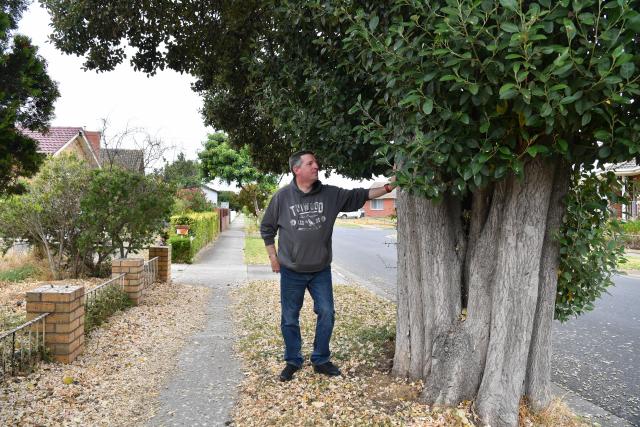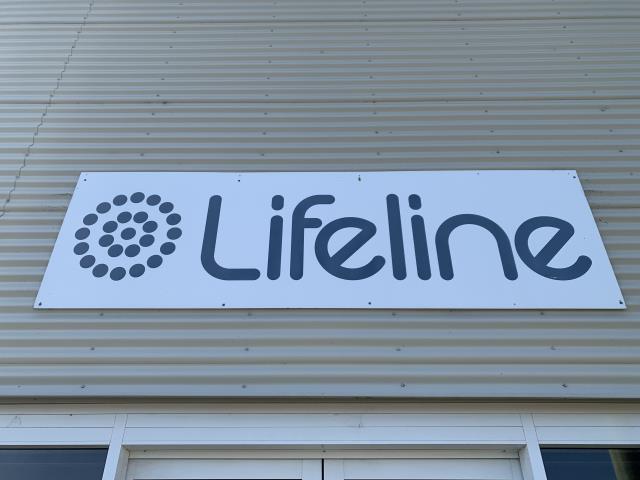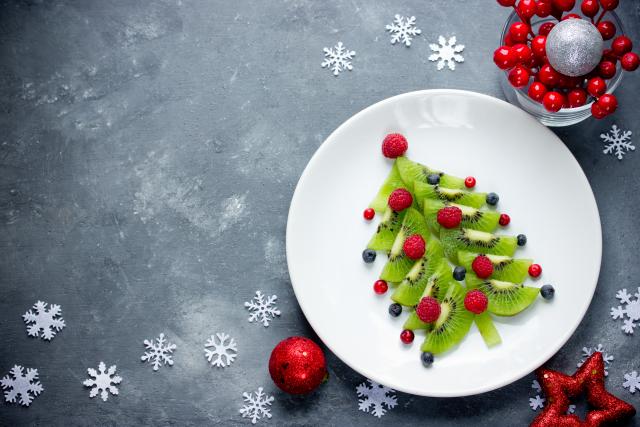The flowers on the Norfolk Island Hibiscus tree are pretty, pink and an absolute pain for Werribee resident Daiman McIntyre.
Nicknamed the “invisible prick” by Mr McIntyre and his children, the tree grows hairy, oval shaped pods that eventually bloom into flowers.
“It does look nice, but unfortunately the pods that it creates have this fine fibre in it. They end up in your skin,” he said.
“It’s quite a sharp pain, it’s almost pin prick type because it’s so small.
“It certainly impacts just casual, everyday living, almost everything you touch will have those fibres on it.”
Mr McIntyre said even going out to water the plants in the garden leads to misery.
“If there’s a fibre on the hose, you’ve suddenly got it in your finger,” he said.
“We have to get tweezers and a torch even to find it in the middle of the day, and you can get multiple of them, not just one.”
While the fibres aren’t noxious, and Mr McIntyre said they won’t kill him, he believes the tree is “really inappropriate” and is calling on Wyndham council to replace them in public areas.
Wyndham council director city operations Stephen Thorpe said the council assesses each request to remove a tree in a street or park on an individual basis.
“Council does not have a targeted program in place to remove and replace existing Lagunaria [Norfolk Island Hibiscus] trees,” Mr Thorpe said.
“A relatively small number of Lagunaria patersonia trees grow in Wyndham City parks and streets.
” They are typically found in the older, more established areas of Wyndham, including in Chirnside and Kelly Parks.
“This tree species is not on council’s approved street tree matrix and they are not being planted in any streets or parks.”
B&B Tree Services arborist Michael Blythe said the trees were an issue 15 years ago.
“They are a problem tree, they [also] create breathing problems,” he said.
“I don’t think there should be any place for them in public areas.”







